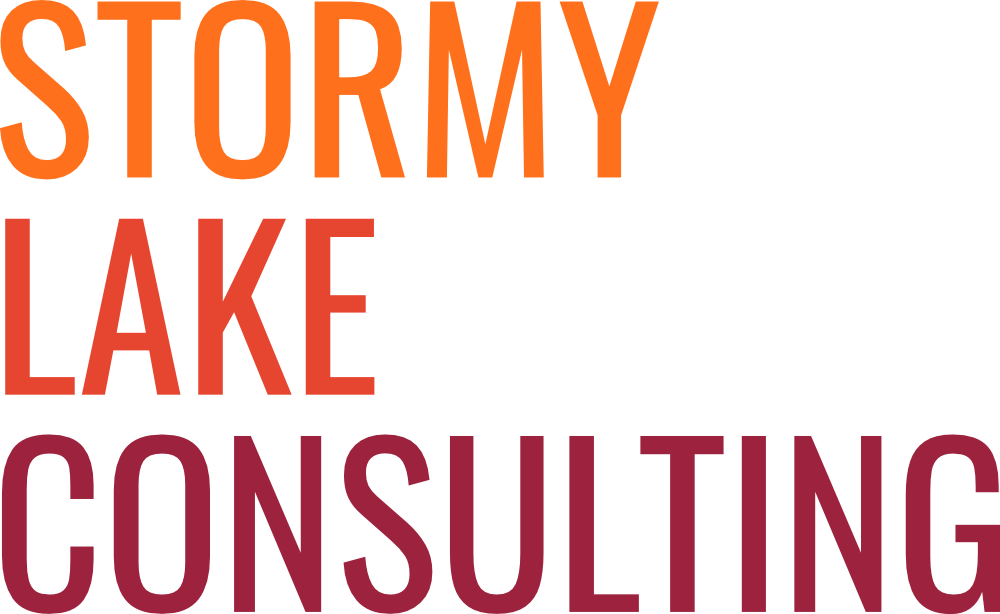The Artificial Weekly Update: Intelligence Edition
And no, we’re not talking about fake news. Although that could be a fun, if overdone, issue.
When we mention Tiger, Roger, Shaq, Pele, Cher, Adele or Bono, you know exactly who we are talking about. Global superstars of sports and entertainment whose stature has led them to be known by just one name. Similarly, we recognize HAL, Watson, Siri and Alexa as superstars of AI. (These are probably fueled by publicity machines at least as impressive as those of the sports and entertainment stars.)
We are touched by artificial intelligence every day – and not just when we use Google and their stunning 86.86% market share:
Google Maps calculates traffic and construction in order to find the quickest route to your destination, that’s AI at work.
Gmail uses AI to ensure that nearly all of the email landing in your inbox is authentic.
LinkedIn uses AI to match candidates to jobs with the hopes of creating better employee-employer matches.
Pinterest’s LENS tool uses AI to identify objects in images. Take a picture of that beautiful swag lamp hanging in the corner of your friend’s house, and the AI helps find similar décor abominations. (Before you object, there are many forums online fiercely debating the merits of the swag lamp.)
Facebook has a proactive detection feature that scans posts to detect patterns that indicate if a user may be considering self-harm. When it detects suicidal thinking patterns, the AI-powered program sends mental health resources to the person and, sometimes, also to his friends.
Chatbots recognize words and phrases in order to (hopefully) deliver helpful content to customers who have common questions. Sometimes, chatbots are so accurate that it seems as if you’re talking to a real person. Personally, the chatbot used by my cellular provider is anything but intelligent. (I know, tell us about it.)
AI also powers social listening platforms, but here is where we run into the (current) limits of AI. You may have noticed that we are using our COVID social listening panel less and less in this newsletter. That is because it is becoming increasingly less effective in what we are asking it to do.
Back in March, the majority of social media posts referred to COVID by name. Now, we don't need to name COVID for everyone to know what we are talking about. This makes it harder to identify a COVID-post than AI is equipped to do. (To be honest, it is a bit reassuring that AI isn’t that smart. Yet.) Take a look at this:
This is an issue of context. When you can’t interpret context, analysis of content is much less representative. And it is far more than simply an AI issue.
To accurately understand customer behaviour, it is essential to understand the cultural context in which the behavior occurs and measure the behavior in culturally relevant ways. If we don’t, we risk drawing inaccurate conclusions and building incomplete or misguided strategies. This includes failing to acknowledge that culture significantly shapes behaviours, assuming our findings automatically generalize to other cultural contexts and not understanding how our own cultural experiences shape our assumptions, decisions, and conclusions.
As many of us struggle to understand the political tempest in the US, we may not be focusing enough of the wide range of unique cultural contexts across the United States. Contexts that make people susceptible to fake news, like these:
Trump reversed Obama’s pardons of Thanksgiving turkeys and had them served up for dinner.
Fans clapped at Radiohead band members tuning their instruments, thinking it was a song.
“Crazy Uncles Worldwide Distance Themselves from Donald Trump.” After Savannah Guthrie tried to explain to Donald Trump that the US president should not behave like someone’s crazy uncle, hordes of unstable middle-aged men have responded with furious denials that they have anything to do with him. (source: News Thump)
Fake news works because it often taps into what we want to hear more than what actually is.
Fake news not only reaches more people, but it also spreads much faster than the truth. Fake news dominates the truth on Twitter, and likely other social media platforms. Like sorting through context, the task of actively sorting fake news from real news is complex and cumbersome.
It is not just political. Companies have been caught spreading fake news about competitors to steal sales and undermine share value.
A ferocious battle is emerging between the forces of evil (AI that creates and propagates fake news) and good (AI that hunts it down and blocks it) that will be fascinating to watch over the next decade.
While he may be known by two names instead of one, we’ll leave the last word to Honest Abe:
Stay safe and be skeptical.



